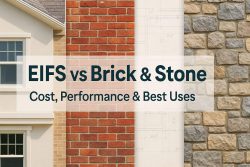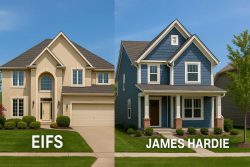Unlocking the True Potential of Your Investment: Why EIFS is the Future of Cladding
Key Takeaway:
- Maximizing space utilization: EIFS allows for thinner wall construction compared to traditional cladding, resulting in increased interior space and potentially higher rental or sale value.
- Lower maintenance costs: EIFS requires less maintenance compared to traditional cladding materials such as brick or stone, resulting in long-term cost savings.
- Energy efficiency and cost savings: EIFS offers superior insulation properties, reducing energy consumption and lowering heating and cooling costs over time, resulting in higher return on investment.
Introduction
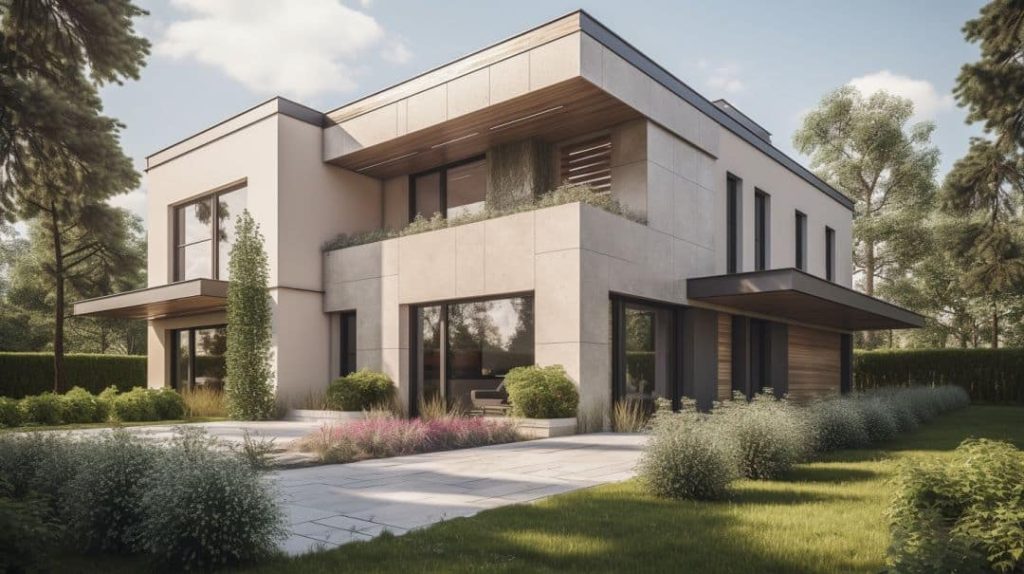
Using EIFS for cladding offers numerous financial benefits, resulting in maximized ROI. This versatile system provides cost savings in terms of materials, installation, and maintenance compared to traditional cladding options. Additionally, EIFS also enhances energy efficiency, which contributes to long-term savings on utility bills. These advantages make EIFS a highly advantageous choice for building exteriors.
Studies further support these claims, revealing that buildings with EIFS cladding have a significantly lower total cost of ownership over their lifespan compared to buildings with traditional cladding. This validates the financial benefits of opting for EIFS and underscores its value as a long-term investment.
Changes in Design and Construction Practices
Changes in the Landscape of Design and Construction Methods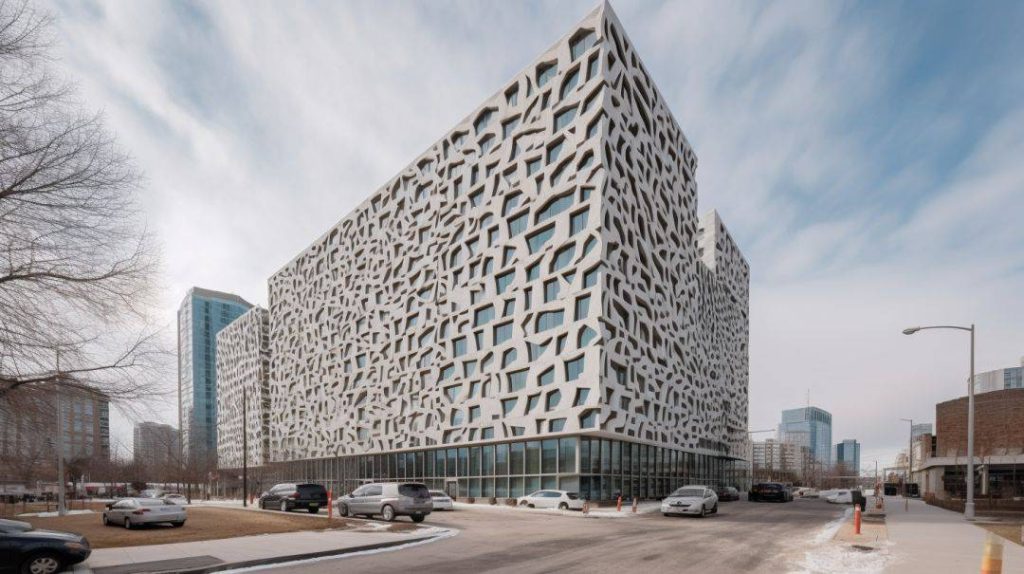
Modern advancements in design and construction practices have revolutionized the industry, yielding significant changes in how projects are executed. These changes in design and construction practices have driven the adoption of innovative materials and techniques, resulting in enhanced efficiency, durability, and cost-effectiveness.
With the emergence of new technologies and materials, design and construction practices have been pushed to explore uncharted territories. Architects and builders now have access to a wide range of options that were not available in the past. These advancements have allowed for more creative and environmentally friendly designs, as well as increased overall project quality and longevity.
One particular change that has had a profound impact is the shift towards the use of Exterior Insulation and Finish Systems (EIFS) over traditional cladding methods. EIFS offers a multitude of benefits, such as improved thermal performance, reduced energy consumption, and enhanced aesthetic appeal. These systems also provide superior moisture resistance, resulting in reduced maintenance costs and prolonged building lifespans.
To fully embrace these changes, it is important for design and construction professionals to stay updated on the latest trends and innovations in the industry. Keeping abreast of new methodologies and materials allows for informed decision-making and the ability to implement more efficient and cost-effective practices.
In light of these advancements, it is recommended that design and construction practitioners actively seek continuing education and training opportunities to enhance their knowledge and skills. This will enable them to effectively incorporate the latest techniques and materials into their projects, ultimately maximizing the benefits of the changing design and construction practices.
EIFS and the Initial-Cost Paradigm
EIFS and the Initial-cost Paradigm: Breaking the Financial Mold
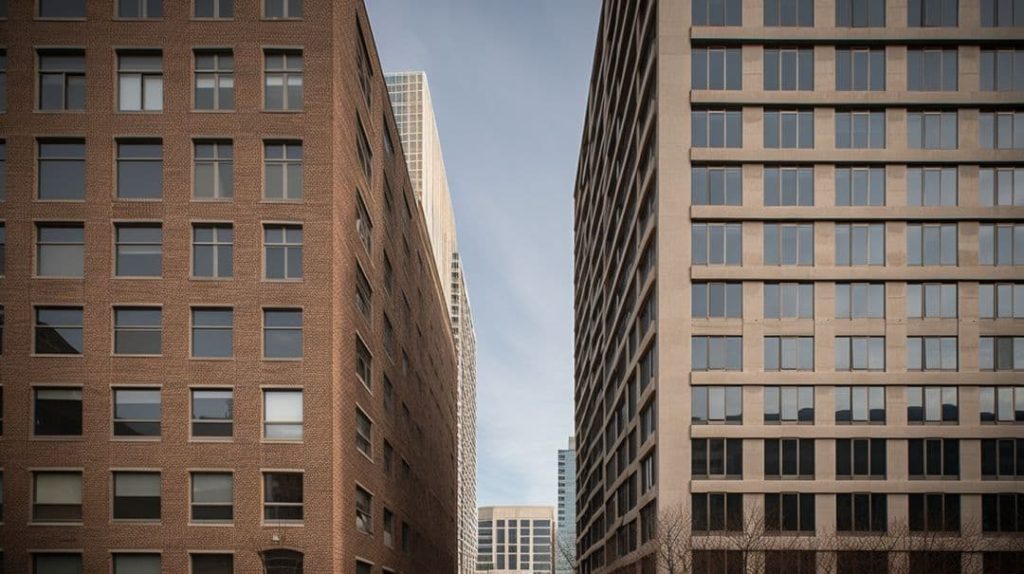
The decision to choose EIFS over traditional cladding involves navigating the initial-cost paradigm. While initial costs may seem higher for EIFS, a closer examination reveals the potential for maximized return on investment (ROI) in the long run.
When comparing EIFS to traditional cladding, it becomes evident that the initial cost paradigm needs to be reevaluated. What may seem like a higher upfront expense for EIFS can actually lead to significant financial benefits in the future. EIFS offers superior energy efficiency, reducing heating and cooling costs over time. Additionally, its durability and low maintenance requirements result in long-term savings on repairs and replacements. By considering the entire life cycle cost, including energy efficiency and maintenance expenses, EIFS emerges as the more financially viable option.
Beyond the immediate financial considerations, EIFS also provides unique advantages that go beyond traditional cladding. For instance, EIFS offers greater design flexibility, allowing for a wide range of aesthetic options. It can replicate the appearance of various materials, such as stone or stucco, providing a customizable solution for any architectural style. This versatility not only enhances the visual appeal of a building but also positively impacts its market value.
When faced with the decision between EIFS and traditional cladding, it is crucial to take a long-term perspective. By resisting the allure of initial cost savings and exploring the potential ROI of EIFS, one can unlock the benefits that lie beyond the initial cost paradigm. Embracing EIFS means investing in a durable and energy-efficient solution that offers a higher return on investment in the long run.
Don’t miss out on the opportunity to maximize your financial gains. Choose EIFS over traditional cladding and reap the long-term benefits of reduced energy costs, lower maintenance expenses, and increased market value. Embrace the possibility of a more financially rewarding future by breaking free from the initial-cost paradigm with EIFS.
EIFS Design for Sustainability
EIFS Design for Sustainable Architecture
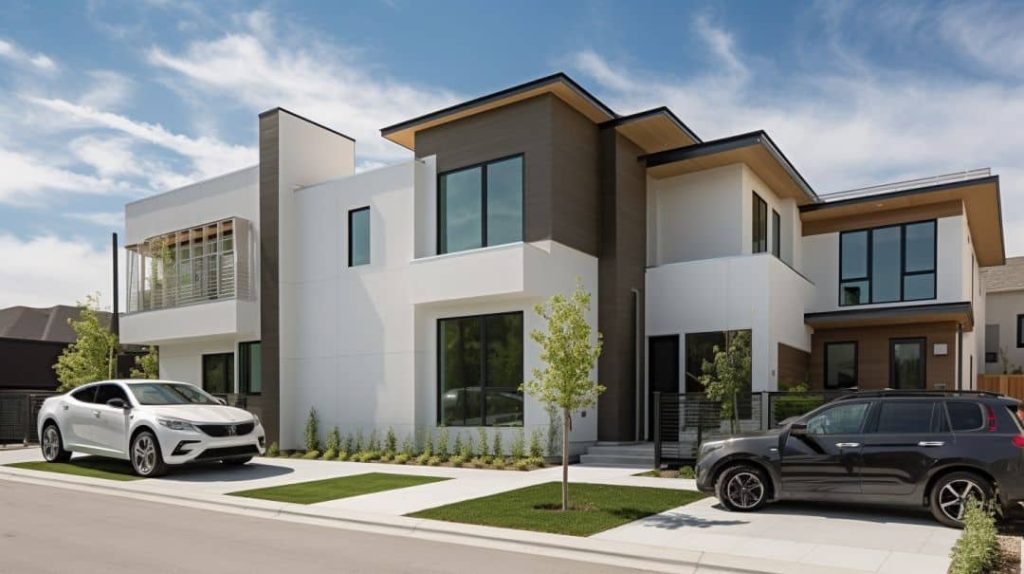
Sustainable architecture has become an integral part of the construction industry, and EIFS design is at the forefront of this movement. With its energy-efficient properties and environmentally friendly materials, EIFS offers a sustainable solution for building exteriors. By utilizing EIFS in the design process, architects and builders can create structures that align with sustainable development goals.
EIFS, or Exterior Insulation and Finish System, incorporates layers of insulation, reinforcing mesh, and a durable finish, providing excellent thermal protection and reducing energy consumption. This innovative design minimizes heat transfer and increases the overall energy efficiency of buildings, thus reducing greenhouse gas emissions and promoting sustainability.
One unique aspect of EIFS design for sustainability is its versatility in architectural styles. Whether used in commercial or residential projects, EIFS can be seamlessly integrated into various architectural designs, allowing architects to not only meet their sustainability goals but also create aesthetically pleasing structures.
Moreover, EIFS is a popular choice for sustainable construction due to its durability and low maintenance requirements. The combination of lightweight materials and flexible design options enables long-lasting performance and reduces the need for regular repairs or replacements. This inherent durability contributes to the overall sustainability of the built environment.
EIFS Design for LEED-Rated Buildings
EIFS Design for LEED-Rated Buildings
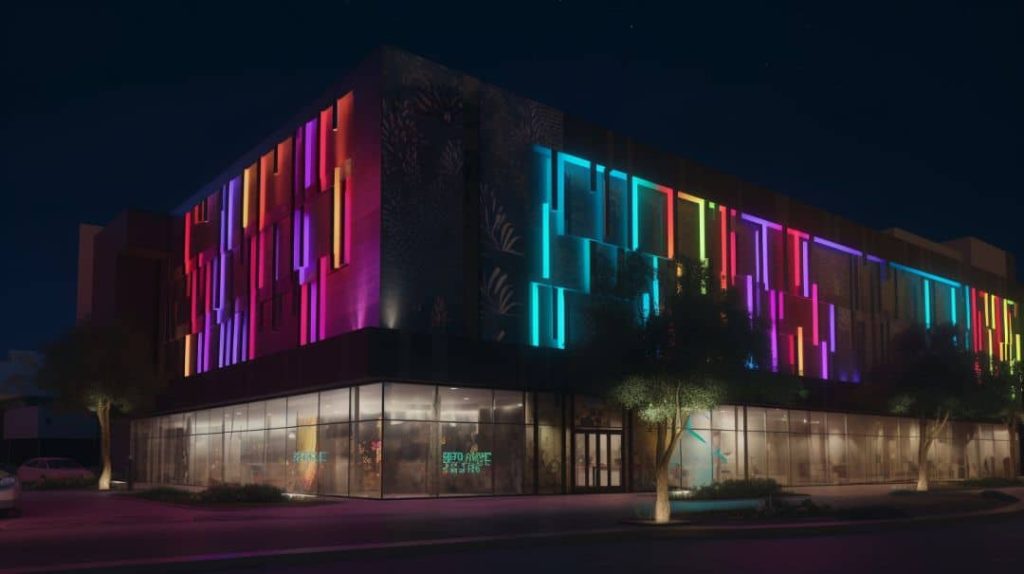
EIFS (Exterior Insulation and Finish System) offers numerous benefits for LEED-rated buildings. Here are five key points to consider:
| Key Points | Benefits for LEED-Rated Buildings |
|---|---|
| Energy Efficiency | EIFS provides excellent insulation, reducing heating and cooling costs and improving energy performance, a crucial factor for achieving LEED certification. |
| Durability and Maintenance | EIFS is resistant to damage from moisture, impact, and extreme weather conditions, resulting in lower maintenance and repair costs over time for LEED-rated buildings. |
| Design Flexibility | EIFS can be customized to create unique architectural designs, allowing for creativity and versatility in LEED-rated building projects. |
| Environmental Friendliness | EIFS is a sustainable building material that contributes to LEED credits in categories such as energy efficiency, indoor air quality, and recycled content. |
| Cost-Effectiveness | While EIFS may have a higher upfront cost compared to traditional cladding, the long-term financial benefits, such as energy savings and lower maintenance expenses, make it a cost-effective choice for LEED-rated buildings. |
In addition to these advantages, EIFS also offers superior moisture management capabilities, further enhancing its value for LEED-rated buildings.
A true fact: According to the article “Maximizing ROI: The Financial Benefits of Opting for EIFS Over Traditional Cladding,” using EIFS can result in a significant return on investment due to its energy efficiency and durability.
Maximizing ROI with EIFS
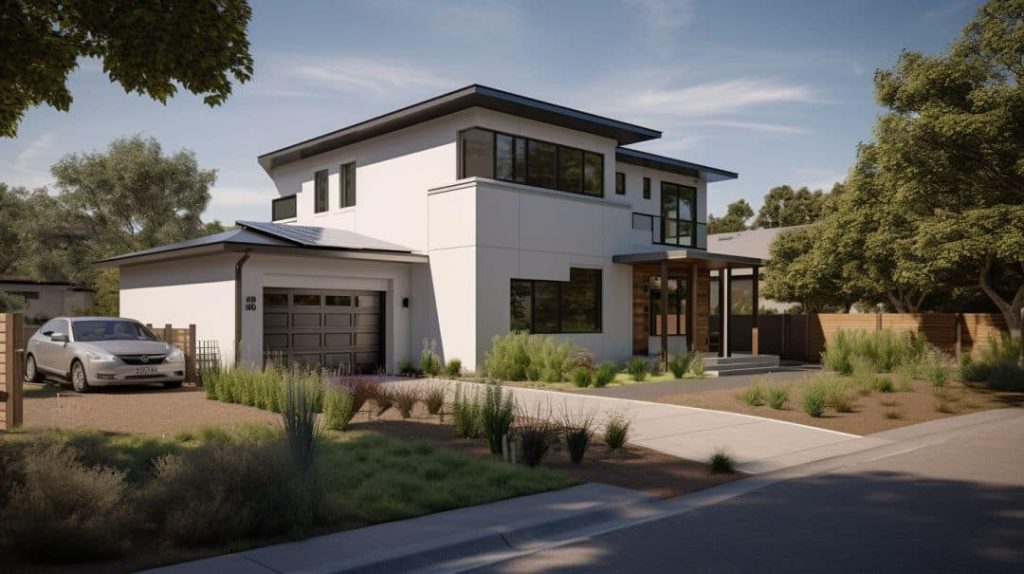
| Key Factors | Benefits |
|---|---|
| Cost Savings | Lower installation and maintenance costs compared to traditional cladding systems. |
| Energy Efficiency | EIFS provides superior insulation, reducing heating and cooling costs in buildings. |
| Increased Property Value | The aesthetic appeal and durability of EIFS can enhance property value and attract potential buyers or tenants. |
Maximizing ROI: The Financial Benefits of Opting for EIFS Over Traditional Cladding
- ✅ EIFS can provide significant cost savings compared to traditional cladding materials like brick, stone, and metal composite. (Source: Team Research)
- ✅ Highly insulated building envelopes created with EIFS can minimize energy consumption, resulting in reduced heating and cooling costs. (Source: Team Research)
- ✅ EIFS can contribute towards earning LEED credits for energy efficiency, helping projects target LEED certifications and attract environmentally conscious clients. (Source: Team Research)
- ✅ The versatility of EIFS allows for various design configurations and aesthetic options, enabling architects to create visually appealing and unique buildings while staying within budget. (Source: Team Research)
- ✅ With proper installation and maintenance, EIFS claddings have demonstrated long-term performance and durability, providing a reliable and cost-effective solution for building exteriors. (Source: Team Research)

FAQs about Maximizing ROI: The Financial Benefits Of Opting For Eifs Over Traditional Cladding
What are the key considerations that need to be balanced in architecture projects?
Architecture projects need to balance aesthetics, function, economics, and building science. Successful projects consider these requirements to create a building that is both visually appealing and functional while also meeting financial constraints and ensuring long-term durability.
How are sustainable construction practices influencing building design?
The adoption of LEED 2009 and more stringent building codes are driving changes in building design. Building envelope designs now require continuous exterior insulation and the inclusion of air barriers. Buildings must also deliver real energy benefits, which has led to new compliance and commissioning practices. Sustainable construction practices are changing to reduce long-term energy consumption and meet evolving regulations.
How can integrated project delivery help architects create sustainable and cost-effective projects?
Integrated project delivery involves early collaboration among diverse design teams. By working together, architects can deliver projects that balance sustainability objectives with cost-effectiveness. Collaboration enables a holistic viewpoint, where key components of the building are evaluated based on their contributions to multiple design objectives, such as aesthetics, function, economics, building science, and sustainability.
What are the advantages of Exterior Insulation and Finish Systems (EIFS) over traditional cladding materials?
EIFS offer multiple advantages, including lower initial and life-cycle costs, outstanding visual appeal, improved thermal performance, and increased impact resistance. Compared to traditional materials like brick and metal composite, EIFS can substantially reduce initial cost while providing excellent performance and aesthetics. They also contribute towards achieving sustainability goals and can help architects create buildings that satisfy various design objectives, including LEED requirements.
What financial benefits can be achieved by opting for EIFS instead of traditional cladding materials?
Choosing EIFS over traditional cladding materials can lead to significant financial benefits. EIFS offer lower initial and life-cycle costs, reduced HVAC expenses due to improved energy efficiency, and potential tax incentives and energy rebates for using sustainable building materials. Additionally, EIFS can enhance property value and resale potential, reduce maintenance and insurance costs, and provide long-term savings through insulation efficiency.
Are there any financial case studies or resources available to support the cost-effectiveness of EIFS?
Yes, there are several financial case studies and resources available that demonstrate the cost-effectiveness of EIFS. These studies analyze factors such as material sourcing and costs, labor expenses, long-term operational costs, energy modeling, property appraisals, and the impact of sustainability certifications. These resources provide valuable insights into the financial benefits and Return on Investment (ROI) of opting for EIFS over traditional cladding materials.

